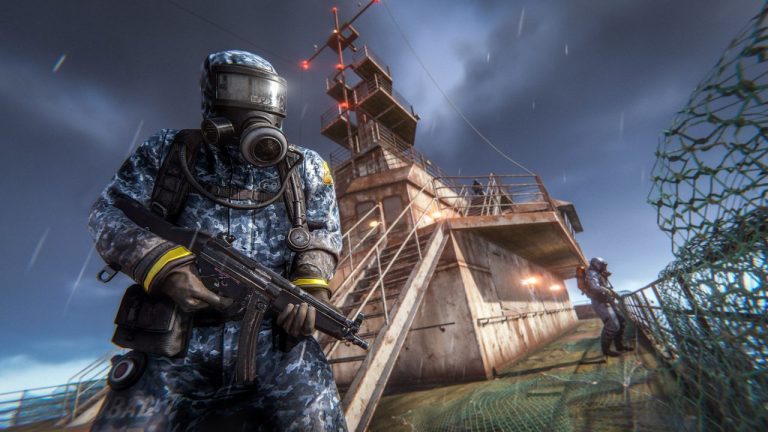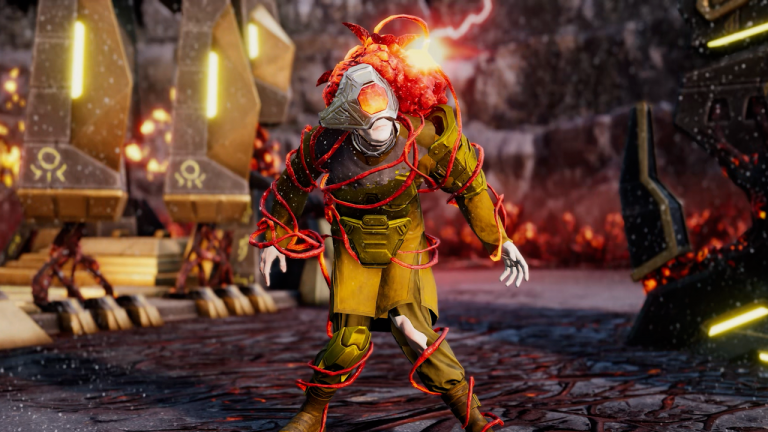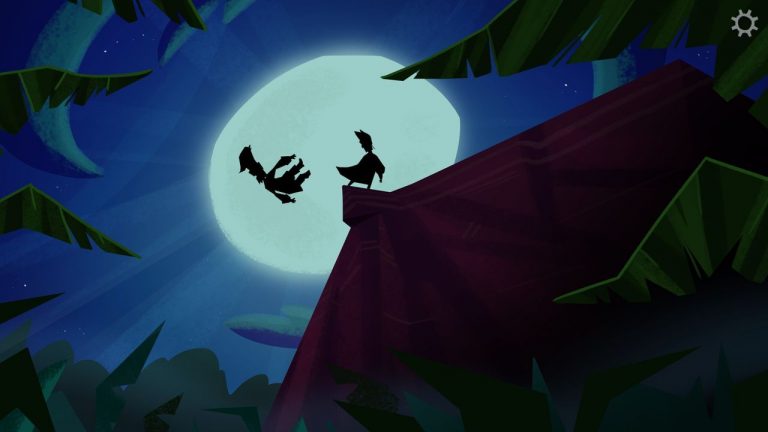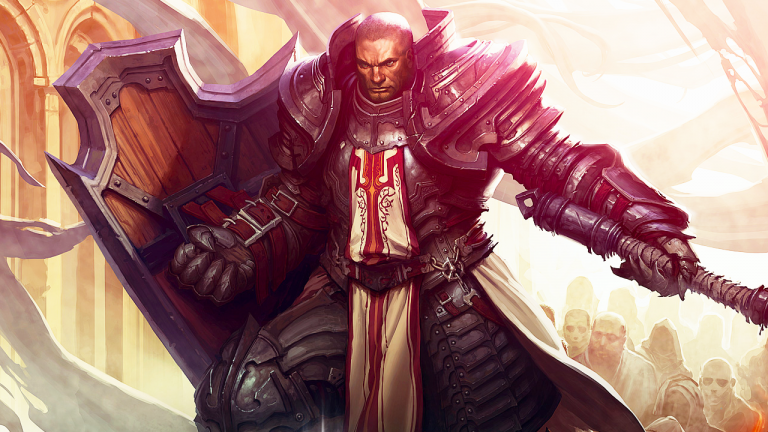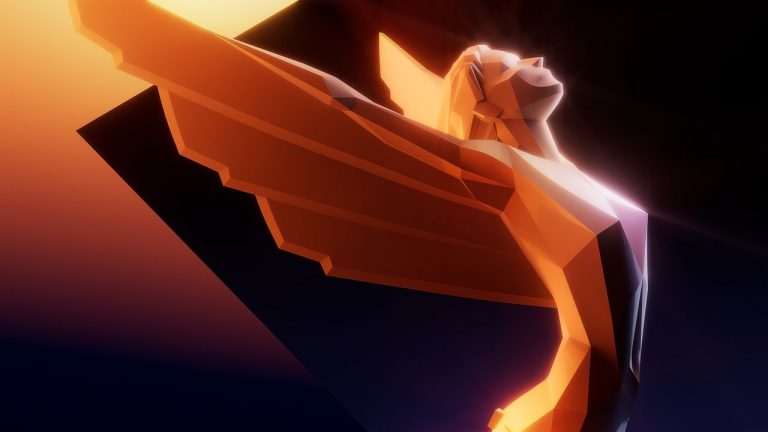Dungeons & Dragons will be completing its trio of 2024 rules revisions—a little confusingly—on Feburary 18, 2025. Its third source book, the Monster Manual, comes on the heels of both the Player’s Handbook and the Dungeon Master’s Guide. I recently got to sit down last week, with a bestiary of other outlets, for a preview of what would be inside—and, honestly? As far as a tome of stat blocks goes, it ain’t half-bad.
Obviously, as revealed by game director Jeremy Crawford and principal game designer Wesley Schneider earlier this month, the Tarrasque is getting some “fighting buddies”. The amount of high-CR BBEGs here is, in truth, honestly kind of impressive—with promises to add a bunch of “apex threats” like the Elemental Cataclysm, a multi-headed beast with varyingly-flavoured maws of doom doing their best Tiamat impression.
(Image credit: Wizards of the Coast – Art by Valera Lutfullina)
(Image credit: Wizards of the Coast – Art by Johan Grenier)
(Image credit: Wizards of the Coast – Art by Cristi Balanescu)
(Image credit: Wizards of the Coast – Art by Mathias Kollros)
Other big bads included the Animal Lords, CR20 demigods with different abilities based on your flavour of furry, as well as a Haunted House Revenant. My favourite by far is the Blob of Annihilation, a cataclysmic ooze with the skull of a dead god inside it. One which hosts its own demiplane that can draw you and your compatriots inside, which presents a problem—since killing it would collapse the demiplane and eject its inhabitants into the Astral Sea (that’s ‘outer space’ in nerdspeak).
My immediate thought upon regarding this thing wasn’t to use it as a CR20 battle, but instead as a plot hook for a Spelljammer campaign—why start in a tavern when you can be a gaggle of unassuming nobodies sucked into a giant ooze and shot into space after a group of high-level murderhobos kill it without regard for your safety?
And that, really, seems to be the major draw of this book. More impressive than the 80+ new creatures and the Tarrasque being able to blow up buildings now is the renewed emphasis on providing stories for fledgling DMs. For instance, there’s more NPC-style blocks, like an entire crew of pirates to throw into your campaign, as well as a set of cultists for different types of worship. Not all cults sacrifice with the same brush, as they say.
But the real draw is how almost every type of monster—not all of them, but damn near close—comes with its own set of random tables to help gestate ideas within your mind. As Schneider describes, there’s been a deliberate move away from didactic loredumps and into suggestions: “For us, these monsters are not about ‘here’s the lore, here’s the only way to play a gargoyle’ … every monster is a whole host of adventures.”
Here’s a couple page examples shared with me by Wizards of the Coast—the Gargoyle and the Gelatinous Cube:
(Image credit: Wizards of the Coast)
(Image credit: Wizards of the Coast)
Gargoyles, an otherwise throwaway construct, get two tables. One with suggestions for what kind of sculptures they can be, and another for where they’re hiding. While some of these are your bog-standard gargoyle activities, others—such as the suggestion to place them amongst a graveyard of Medusa victims—are super good encounter ideas.
The Gelatinous Cube also has some winners, with its random table being dedicated to the debris you might find inside—such as the sadistic choice to put a mimic inside one like some kind of monster turducken, or an indestructible tablet in an ancient language.
These little touches are small, but if the Monster Manual is full of them, it means that Wizard’s transformed it into something more than its predecessor—it’s not just a book of numbers, it’s a book of plot hooks. Coupled with some of the stuff that the 2024 Dungeon Master’s Guide is doing, any new DM to these revised rulesets is going to have a bounty of ideas to help them put together their first homebrew campaign.
The art helps sell this visually, too. They really kinda pulled out all the stops here—if the Monster Manual keeps hucking high-quality scenes into its pages, this will be one of the prettier books that Wizards of the Coast has made.
(Image credit: Wizards of the Coast – Art by Axel Defois.)
(Image credit: Wizards of the Coast – Art by Andrea Piparo.)
(Image credit: Wizards of the Coast – Art by Nestor Ossandon Leal)
(Image credit: Wizards of the Coast – Art by Andrey Kuzinskiy.)
Mind, lofty promises are one thing, proof is another. These high praises I’m singing will only stick if those tables are constantly applied throughout the book with the same generosity, and not once every five pages. That’s to say nothing of the larger mechanical implications of this book, like whether the CR system will actually work now—and that’ll have to come out in the wash after hours of actual play. What I can say is that this effort to douse every critter in flavour is an extremely welcome one.
The revised Monster Manual will arrive February 18 for most people, though D&D Beyond’s doing some early access on February 4 for “Master Tier” subscribers and February 11 for Hero Tier subscribers—which I’m only sharing here for informational purposes, not because I think early access periods for D&D is a good thing.



